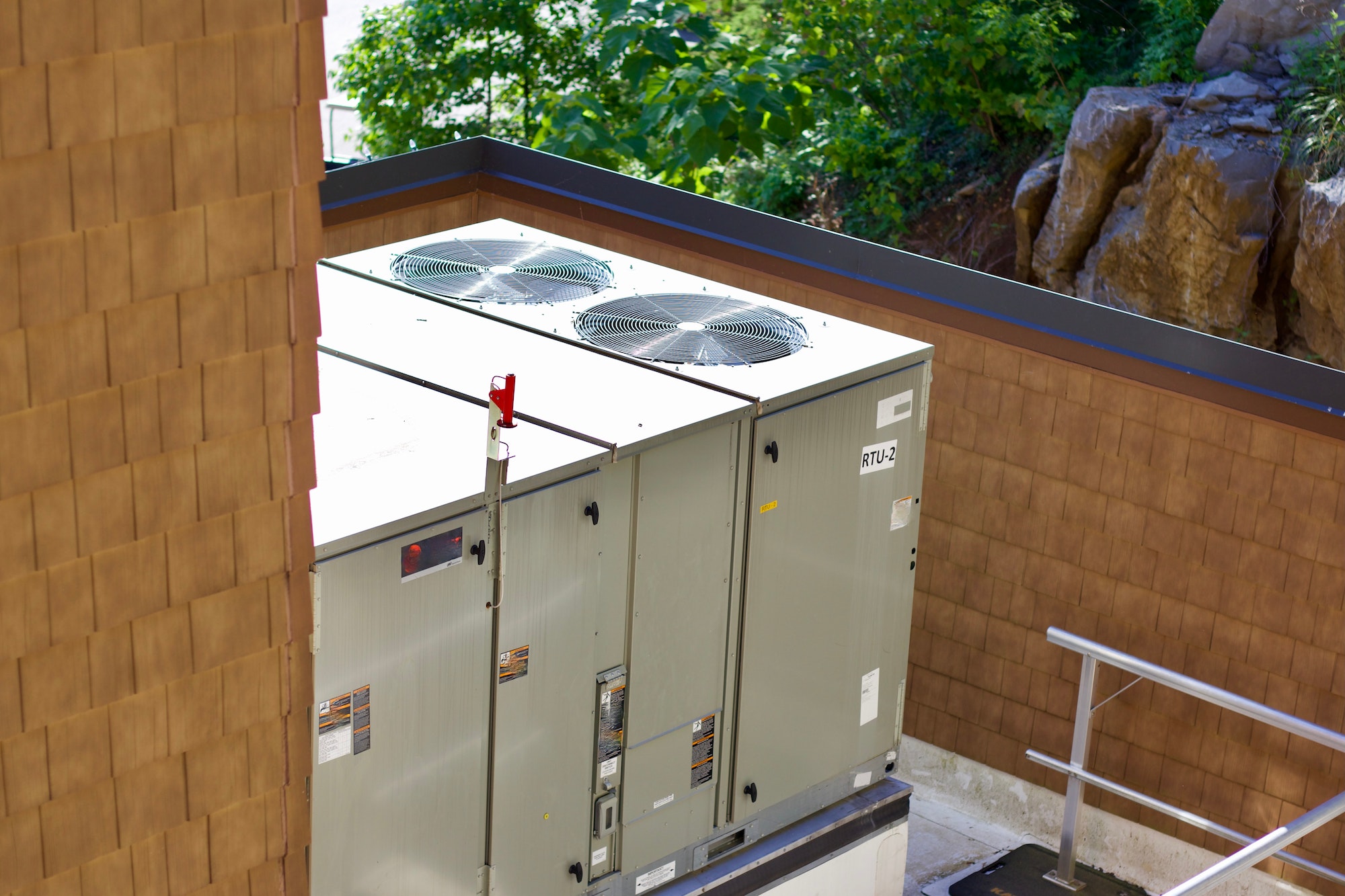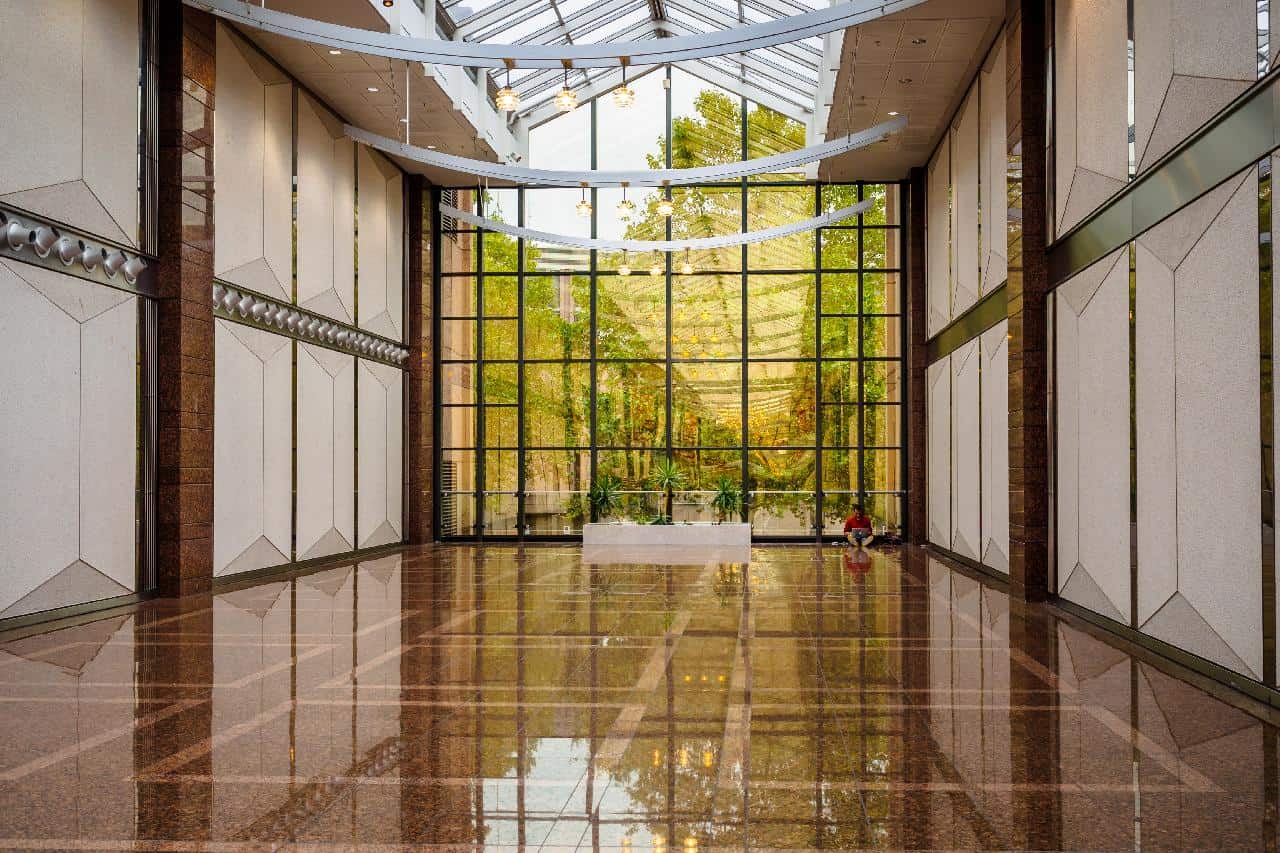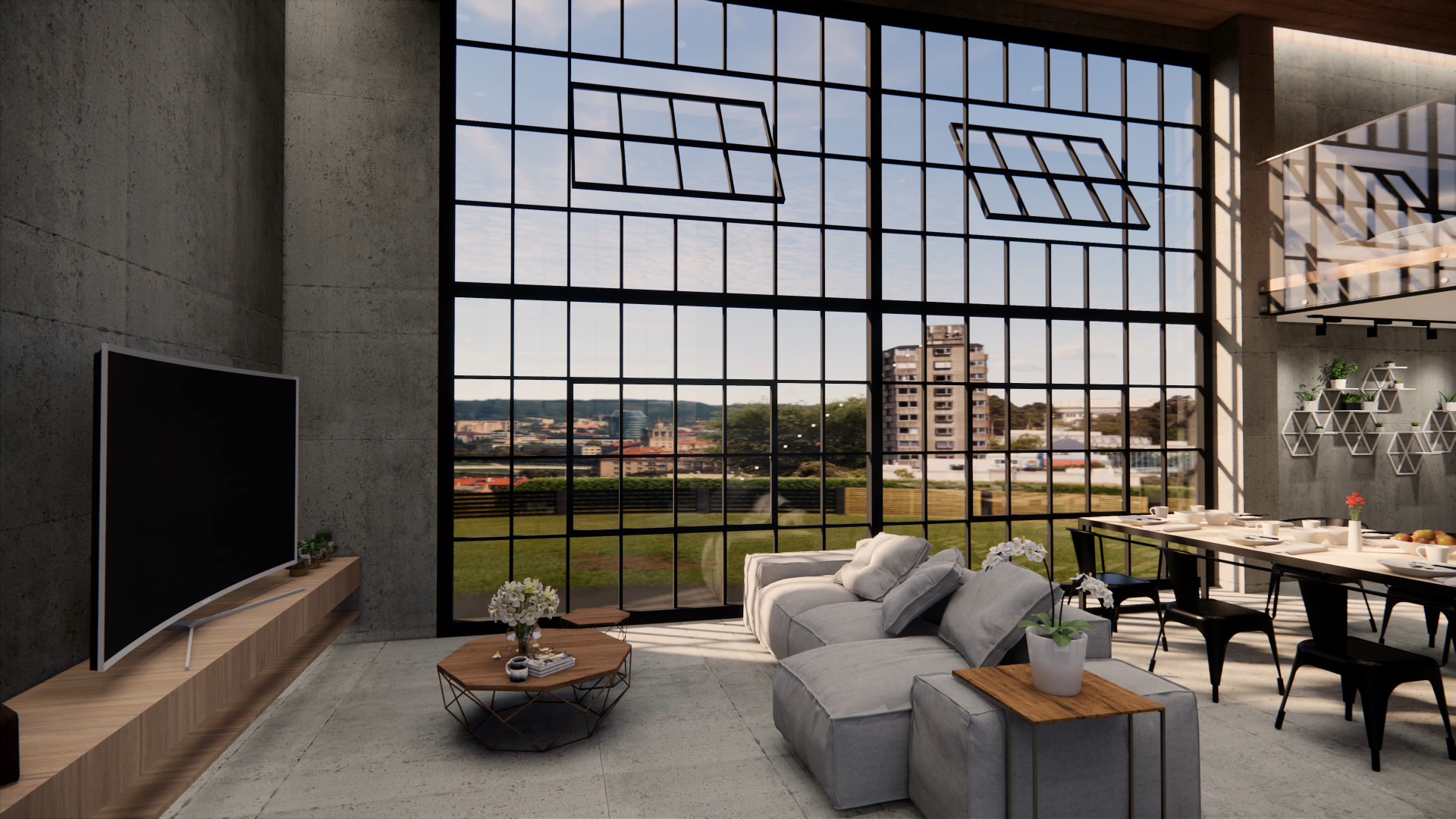Understanding the importance of appropriate airflow is essential, whether you’re a homeowner or a business owner. Comfortable temperature, odors, fumes, smoke, and fire safety are all factors that depend on proper ventilation and airflow in your house or place of business. You can ensure comfort, safety, and adequate energy consumption by understanding the fundamentals of good ventilation and HVAC dampers.
HVAC is one of the less well-known parts of a heating and cooling system. HVAC stands for heating, ventilation, and air conditioning. However, most homeowners are unaware of the crucial role dampers play in preserving the temperature of their homes. Let’s consider the HVAC dampers.
Types of HVAC dampers
High-quality dampers are the primary means of controlling the temperature and airflow inside a building. The EWC control dampers changed the course of history with their fresh, better designs. Generally speaking, HVAC dampers are trustworthy, affordable, and dependable, making them perfect for any job.
For HVAC applications, dampers come in a wide range of varieties, and each can be operated in various ways, including mechanical, automatic, and manual ones. Several of the various HVAC dampers include:
Flat butterfly dish dampers
These dampers got their name from how they looked, like tiny butterflies perched on top of the ductwork. They don’t occupy any space, and installation is quite simple. Because butterfly dampers only care about pressure and not how the air is flowing, they are a fantastic choice if you want dampers that can be used for heating and cooling. Their goal is to keep the airflow moving in one direction.
Blade Dampers
Blade dampers have two large, fan-like blades that gently close against one another. At this point, when the blades make contact, these dampeners begin to reduce the airflow. Blade dampeners also don’t care whether it’s heating or cooling season, so they’ll function for both seasons. However, this results in a more sudden stop of airflow than butterfly dampeners.
Dampers for inlet vanes
Inlet vanes dampers can be compared to tiny vents that let air flow, while dampeners can be compared to tiny doors that block airflow. They don’t slow or change the airflow direction, but they assist in regulating the pressure of the air going through the entire HVAC damper system.
Louver Dampers
Louvers dampers might be a smart option if you need dampers that can only be used during the heating season because they naturally dampen down when there is increased pressure in an area.
Controls
Automatic and manual HVAC dampers are the two main control systems. A lever is employed to change the blades’ position in HVAC dampers with manual air control. The lever must be moved manually to close a damper of this type. For instance, contractors typically install a manual air control damper in a chimney. Manual dampers help to block the entry of air and deter unwanted visits from small animals.
Automatic air control dampers help regulate or stop airflow inside air handling equipment and do not need to be manually adjusted by the owner or occupant of the building. The regulation of these automatic or motorized dampers, such as the Braeburn HVAC dampers, depends on accessories like a thermostat.
Where Are HVAC Dampers Found?
HVAC dampers are most frequently found in the main trunk line before and after any significant junctions. They can also be found in certain places along different system ducts, with two dampers on each major line spaced 90 degrees apart. Although dampers might differ across manufacturers and even between individual units, most dampers have the following features in common:
- They are spherical discs composed of heavy cardboard or thick fiberglass (similar to egg crate bedding).
- They have a handle that may be turned either way to enable or disable airflow via the damper.
- Certain dampers are fastened with a pointed metal pin to make turning them easier.
Each house is unique. Some houses have absolutely no dampers. Depending on your home’s position, a supply duct may exit your furnace to the right or left. The supply duct leading to your top-level will typically have a damper installed. If your ductwork is visible, check all of the runs to see if any have dampers. Each vent has a damper in certain homes, which is great for balancing the air.
When Should I Open and Close My HVAC Dampers?
In the summer and winter, the dampers on the upper floor are frequently left open. Heat can naturally rise and circulate throughout the house when the upstairs dampers are closed in the winter. Despite the fact that most people complain about overheated rooms, the lower floor is typically cooler in the summer. In the summer, it’s critical to open the dampers on the upper level and allow as much air as possible to enter.
If you have assistance, you can quickly determine if the dampers are open or closed by having someone go up and cover each vent with their hand. While it does require some collaboration, it’s an excellent and simple method to ensure that all hot and cold locations in your home are as comfortable as possible.
You must modify your dampers as the weather does. Setting up an alarm on your calendar can help you avoid being surprised when the temperature in the house rises or falls. You won’t have trouble adjusting your dampers if you correctly mark them.
HVAC Dampers: Common Issues
Failure can happen even though they are fundamental by design, but it is a straightforward problem to address and fix.
Dampers trapped or jammed are the main issue most homeowners encounter. You don’t want to apply too much pressure at first because the levers can be quite thin. However, you can use WD-40 or something similar to PB Blaster, which might immediately loosen the mechanism. A jammed damper may also be resolved by loosening the bolt or wing nut holding it in place.
The damper may be broken if the handle moves easily, and air may be felt entering through the vent while it is closed. Although dampers survive for about 20 years when put in properly, the same is true for open vents with no airflow in a room.
HVAC Damper Replacement
A broken or blocked damper that you are unable to move might need to be replaced. Given this, hiring a professional can help you do the task more quickly and for less money.
Depending on the size and thickness of the sheet metal, the price of a conventional replacement damper might range from $15 to $24. These are available in small pieces that attach to your current lines, while there are also less expensive kits that merely include the damper valve. In contrast, the cost of a motorized HVAC damper for automated systems ranges from $40 to $150.
Conclusion
HVAC dampers are mechanical components that regulate airflow in a heating or cooling system. For instance, the IO HVAC controls dampers can control airflow by adjusting the damper’s position. This is employed to control both the humidity and temperature in a space which is done manually or automatically.
Discover more from Futurist Architecture
Subscribe to get the latest posts sent to your email.



